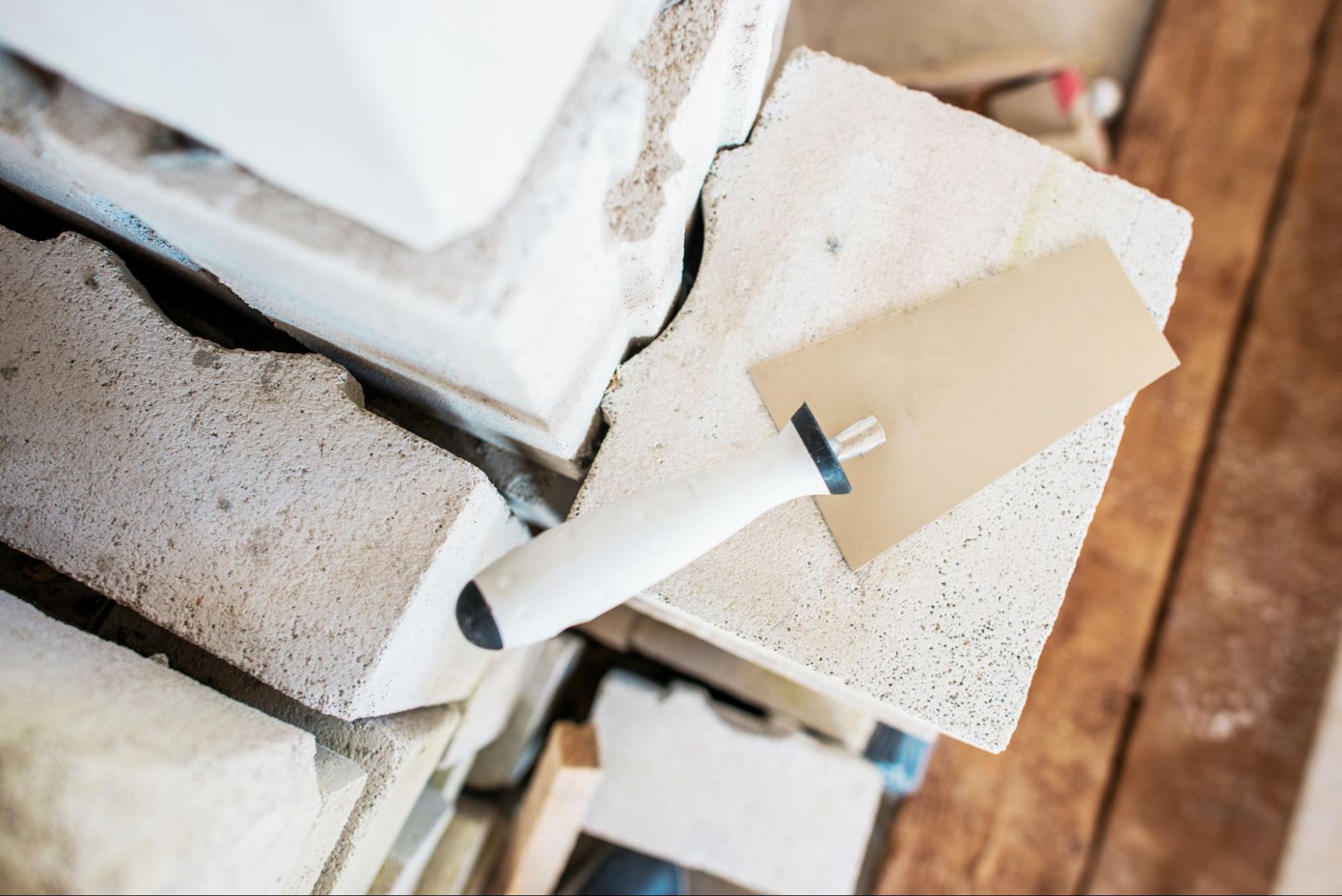5 green materials to use in your next project!
The construction industry in India is booming and the size of projects is increasing rapidly. However, the constant use of materials like cement leaves a huge carbon footprint.
Building materials used for construction and civil works are known to be non-renewable and exhaustive in nature. This contributes to high pollution and is an environmental concern. In times like this, architects and designers need to make sure that their projects are utilizing sustainable materials.
The benefits of using these renewable materials are endless. From getting certifications to having lower electrical bills, utilizing sustainable materials is what every architect must prioritize!
Here are 5 lesser-known sustainable building materials for your upcoming projects!
1. Alternative for Concrete
India is the second-largest producer of rice in the world. But sadly, along with the production of rice comes the production of wastes. For every kilogram of rice harvested, there is also rice husk that is left behind.
And utilizing the ash produced after burning the husk is a brilliant idea! RHA or rice husk ash can be used as an admixture in cement. It is rich in silicates which helps it be an excellent building material. There are various organizations dealing in the sales of RHA, like Guru Corporation, S V Ispat Pvt Ltd, KGR Agro Fusions, etc.
2. Alternative for Roofing Sheets
Bamboo is a widely used building material and architects are quite familiar with it. However, the utilization of bamboo to make roofing sheets is a gamechanger!
They are an excellent alternative to other conventional roofing materials like metal, asbestos, etc. Corrugated Bamboo Roofing Sheets or CBRS, are made by attaching layers of bamboo mats with an adhesive resin. Architects can have it customized as per their project and utilize it for different types of projects.
They are sustainable and durable, making them a good alternative to conventional materials. These sheets also help in maintaining indoor thermal quality. Innova Roofings, Timpack Pvt Ltd, Excel Composites, Bambusagreen, etc are a few companies that specialize in CBRS.
3. Alternative for Bricks
Marble quarries in India generate millions of tons of waste yearly. Recycling the waste and utilizing it to cast bricks is an excellent move for waste management. These bricks are made by using the dried marble slurry in place of sand.
Marble slurry bricks are an excellent solution for low-cost housing as they are known to be 10% cheaper than conventional building materials available in the market. They are not only low cost but also a great method to convert tons of waste into useful building material.
They are found commonly in Rajasthan due to the abundance of marble in the state. Interested architects can contact companies like Galaxy Global, TAB India, and Smarter Dharma for the purchase of these bricks.
4. Alternative for Particle Board
Like RHA, Bagasse particle boards are an innovative method to control waste generation at sugar mills. Bagasse is the left-over waste material of sugarcane after extracting the juice.
Traditionally, bagasse is used as fuel for boilers or just dumped as waste in large dumping grounds. Converting it to sheets is an excellent alternative to conventional laminate boards.
The end result is low cost and can be used as flooring and for furniture. There are many dealers available in India who sell bagasse boards like Ecofrien Logistics, KRIFOR Industries, Bajaj Eco-tec Products, etc.
5. Alternative for Pavers and Building Blocks
Replast Pavers and Building Blocks are not yet released in the market but were created by students of Sonu College of Technology. For their achievement, they won the Tamil Nadu Student Innovators award organized by Entrepreneurship Development and Innovation Institute.
This building block tackles multiple environmental issues. The students utilized discarded plastics from dump yards and industrial byproducts to replace the traditional products like steel slag, fly ash, etc. Plastics are melted after being shredded and then combined with the industrial byproduct. As plastic expands and has good bonding, there’s no need for water in the process of making this brick.
The plastics are heated at 100 degrees and this does not release toxic gasses. The end product is a brick that is strong, durable, and most importantly, made from pollutants. Although the product is slowly launching in the country, it seems to be a product that all architects should be on the lookout for.
Summarizing
To conclude, the construction industry is the backbone of all development in the country. Over 30 million people are dependent for their livelihood on the construction industry, which is what makes it so important for a developing country.
As a part of this high-impact industry, it’s our responsibility to change our harmful ways. The role of architects in this vast world of construction is to educate others on the ill effects of wrong construction practices. Utilizing green building materials is a small step but can definitely leave a huge impact on our climate.
